.jpg)
.jpg)
Explore Europe effortlessly with Eurostar—the ideal train service for retirees seeking stress-free travel. Learn about Eurostar Snap for flexible, affordable trips and discover top destinations like Paris, Lille, Brussels, and Amsterdam. Travel smart, travel relaxed with Beechcroft.
One of the benefits of retiring is having plenty of leisure time to do all the things you’ve never been able to do before because of work and family commitments – including travelling abroad. Flying to European destinations, however, can be both stressful and time-consuming, with long queues and wait times at airports, cramped conditions on the plane and transfers from out-of-town airports to city centres. Whether you’re going away for a long weekend or a short holiday, Eurostar offers an excellent alternative to flying, providing direct high-speed trains from London to several fabulous European destinations.
No long bus rides to the airport or complicated check-ins.
with more legroom and wide windows to enjoy the scenery.
with no need for lengthy airport transfers.
take what you need and skip the stress.
that make the journey a pleasure, not a chore.
no turbulence, no delays on the tarmac, and no airport crowds. Just smooth, grounded travel from start to finish.
Although Eurostar can reach speeds of up to 186 mph, flying is faster but when you take into account check in times, queuing on arrival and the journey time from an out-of-city airport to a central location, taking the Eurostar may be a swifter option. The journey on Eurostar from London to Paris, for example, takes just under two and a half hours as compared to an hour’s flight but you only need to be at the Eurostar gates about an hour before departure compared to the two hours generally required if you are travelling internationally by air. Your Eurostar ticket will clearly indicate the time you need to arrive at your departure station and the gates will not open until about 90 minutes before the train departs.
Eurostar passengers also complete immigration formalities in London before the journey begins and, although this may take a little extra time, it means there’s no queue or form filling when you arrive – and, of course, you arrive in the centre of the city rather than at an airport which is usually at least half-an-hour’s journey from the city centre.
Eurostar passengers also complete immigration formalities in London before the journey begins and, although this may take a little extra time, it means there’s no queue or form filling when you arrive – and, of course, you arrive in the centre of the city rather than at an airport which is usually at least half-an-hour’s journey from the city centre.
One of the advantages of being retired is that you can take advantage of Eurostar Snap. These are cheap, last-minute train tickets offered by Eurostar. You can pick a date up to 14 days in advance and you will be told your train time at least 48 hours before you travel. You can save up to as much as 50% on ticket prices. You can book as many times as you like and travel both ways from London to Brussels, Paris, Lille or Amsterdam or from Paris to Brussels, Amsterdam or Cologne. With Snap, however, you can’t buy a day return and once you’ve booked you won’t be able to exchange your ticket, cancel it or transfer it to anyone else. If you’re a wheelchair user, fares will be cheaper than if you use SNAP.
If you’re over 60, Eurostar offers generous discounts on one-way Standard, Plus and Premier fares if you’re travelling between Belgium, France, the Netherlands and Germany and buy your ticket on the day of travel (subject to availability). Sadly, senior fares are not available if you’re travelling to and from London and there are no senior discounts on SNAP tickets as they are already heavily discounted.
“Snap has been a customer favourite, and we’re thrilled to bring it back year-round, offering a smart solution for travellers who can be flexible with their schedules.”
Eurostar is just the beginning. With growing interest in sustainable, comfortable rail travel, more providers are entering the market to challenge the status quo. Virgin Trains International, for example, intends to compete with Eurostar on key routes, promising better prices, expanded services, and new destinations. The FS Italiane Group (which already holds a 30% stake in Avanti West Coast and owns the c2c railway between Fenchurch Street and Essex through its subsidiary, Trenitalia) has plans to run high speed trains between London and Paris by 2029 and is considering extensions of the route to Lille, Lyon, Marseilles and Milan. At St Pancras station, it is hoped to introduce a ‘turn up and go’ service in the future, enabling travellers to arrive 15 minutes before the departure of their train.
For mature travellers, increased competition will mean even more stress-free options to explore Europe, with flexible tickets and improved comfort making rail travel an increasingly attractive choice.
“The cross-Channel route is ripe for change and would benefit from competition. While Virgin is not committing to launching a service just yet, we are seeking investment from like-minded partners to invest alongside Virgin and we are delighted with the progress made so far.”
One of the greatest joys of Eurostar travel is how seamlessly it connects London to some of Europe’s most vibrant, walkable, and culturally rich cities. Whether you're craving the elegance of Paris, the charm of Lille, the grandeur of Brussels, or the canals of Amsterdam, these destinations are just a relaxing train ride away—with no baggage carousels, airport queues, or last-minute rushes.
For retirees with time, flexibility, and a desire to travel at their own pace, these Eurostar destinations offer the perfect mix of accessibility, cultural experiences, and opportunities to unwind. Here's a closer look at what each city has to offer, why it’s suited to relaxed exploration, and some practical tips to help you make the most of your trip.
Let’s explore what awaits at each destination:
An Effortless Escape
The French capital is an ever-popular destination with the over 50s. With efficient public transport systems and walkable streets, it’s easily accessible for mature visitors.
Relaxed Ways to Explore
One of the best ways to take in the sights of Paris is a Seine river cruise which will include Notre Dame, the Grand Palais and the Alexandre III bridge. The central neighbourhoods from The Marais to Saint-Germain are particularly compact and walkable – and the historic streets are lined with elegant architecture. There are plenty of taxis in Paris as well as hop-on-hop-off buses which mean you can visit attractions without too much walking.
Culture at Your Own Pace
Many museums, historical sites and attractions in Paris, including the Eiffel Tower, the Louvre and the Musee d’Orsay, provide older visitors with accessible entrances, ramps, lifts and places to sit and rest.
Paris is a city with abundant green spaces and beautifully landscaped parks and gardens. Luxembourg Gardens, established by Marie de Medici in the 17th century is a wonderful place to soak up a sense of history. The Jardin du Tuileries, overlooking the Seine, is also worth a visit. This garden, designed in 1584 for Catherine de Medicii, is Paris’s oldest garden. With the Louvre on one side and Concorde Square on the other, the garden has its own Orangerie Museum housing a collection of works from the late 19th century including Monet’s giant water lilies series. Many of the groves within the Tuileries Garden are home to sculptures loaned by museums of modern and contemporary art and these sit alongside sculptures by famous artists such as Auguste Rodin and Antoine Coysevox.
Dining Without the Rush
Parisians usually dine late so if you prefer to eat earlier in the day, enjoy a long lunch or make an off-peak reservation which means you’ll have a more peaceful dining experience. Many restaurants offer midday prix-fixe menus that combine quality with value, and you won’t be rushed because Parisian restaurateurs appreciate the need to savour the cuisine and the moment. You’ll find plenty of excellent restaurants in Paris but consider heading to the Latin Quarter or The Marais to eat – both are central and easy to reach by public transport or on foot.
When to Visit
Midweek stays are ideal, especially outside school holidays. The city becomes noticeably calmer — museums are quieter, queues shorter, and the rhythm of daily life slows to more enjoyable pace.
A Short Hop to Northern Charm
Just over an hour from London via Eurostar, Lille is one of the easiest cities to reach and its location makes it easy for mature visitors to travel to other European destinations for short trips or longer holidays. The Eurostar station is within walking distance of the city centre and there’s an excellent network of trams and buses if you’re exploring further afield. Once in Lille, you’ll be able to appreciate its rich cultural heritage – and explore the numerous museums and historical sites.
Easy to Explore at a Leisurely Pace
Wander through the cobbled streets of Vieux Lille (the old town), visit the Cathedral and brave the Belfry to get a panoramic view of the city. The impressive main square – The Grand’Place or Place du General-de-Gaulle is an architectural showcase, lined with buildings dating from the 17th to 20th centuries. It’s the ideal place to relax at a pavement café and watch the world go by or to experience one of the events and celebrations held in the square. One of the most popular fixtures on the calendar is The Grande Braderie de Lille (Europe’s largest flea-market) which takes place in September.
A Taste of Grandeur and Quiet Culture
If you’re in Lille, make sure to leave plenty of time for a trip to The Palais des Beaux Arts, a museum second only to the Louvre in size. A former summer palace, The Palais is home to art from the 15th to the 20th centuries including work by Monet, Raphael, Gustave Courbet, Rubens, van Gogh, Donatello and Picasso.
Food That Warms the Soul
Lille is proudly regional in its cuisine, which is hearty, comforting, and full of flavour. No visit is complete without trying the mussels and chips – or Moules and frites – for which Lille is famous, but do take time to sample La Welsh, a bubbling dish of bread, ham, and beer-soaked cheese.
Make sure you don’t miss out on Maison Méert.’ Founded in 1761 by master chocolatier, Sieur Delcourt, this is one of the oldest patisseries in the world, famed for its hand-made waffles, which are identical to those produced by the Meert in 1849. Filled with Madagascar vanilla, the waffles come in a range of flavours but are crafted using the same recipe and ingredients as those baked more than 170 years ago.
Space to Breathe and Enjoy
Life in Lille moves at a slower pace than that of Paris and, from cosy cafes to peaceful green spaces, there are plenty of places to sit back and relax. Stroll along the paths or enjoy a picnic amid the vast green spaces in The Parc de la Citadelle or head to the Vieux-Lille, to browse in charming boutiques or relax in a charming café set along one of the many cobbled streets.
When to Visit
The best time to visit Lille is from May to October when the weather is generally mild with pleasant temperatures. If you want a quieter experience, avoid September which is one of the busiest months. The warmest months are June, July and August although if you don’t mind colder, damper weather, the city is lively during the period between December and February and, of course, you can take shelter in one of the museums.
More Than Politics
Whilst it may be best known for being at the heart of EU politics, Brussels is a friendly city that never seems crowded and offers visitors a wealth of history, architecture and culture. Trams, buses and a metro system provide a range of travel options but the compact city centre and well-connected streets mean that older visitors are often able to explore on foot.
Compact and Cultural
There are so many interesting and attractive places to visit in Brussels. The Grand Place, with its well-preserved medieval architecture, is a UNESCO World Heritage Site whilst The Magritte Museum and the Royal Museums of Fine Arts showcase diverse art collections. If you are looking for something more unusual, there’s the Museum of Medicine or the Scharbeek Beer Museum, located in a former school and surrounded by a beautiful garden. Music enthusiasts can enjoy classical concerts at venues such as the Brussels Philharmonic or live performances in one of the city’s jazz clubs.
A Treat for the Senses
In Brussels, you’ll discover a whole range of fragrant, iconic, dishes to delight the eyes and the palate including traditional, freshly baked brioche, world famous Belgian chocolates, the famous Flemish Carbonnade – a beef stew marinated in rich, dark Belgian beer and, of course, Belgian waffles and pure hot chocolate. Brussels’ most famous dish is Moules Mariniere. Belgians steam and serve the mussels in a casserole pot and they are served with fries and a local beer. Although mussels are supposed to be freshest from September until December, that actually changes each year.
Ideal for Short, Restful Breaks
With fewer crowds than Paris or Amsterdam, Brussels is ideal for retirees looking to unwind. It’s a city that invites you to slow down, enjoy a long lunch, browse a bookshop, or sit in a quiet square with a coffee.
When to Visit
The best time to visit is between March and May or September and October when the weather is mild and there are fewer tourists. Bring an umbrella though – rain is a possibility all year round but it provides a good excuse to spend hours in the city’s fascinating museums. Midweek stays often come with better hotel deals.
A Scenic Journey Worth the Time
At just under four hours, Amsterdam is Eurostar’s longest direct route — but it’s also one of the most rewarding to visit. The city’s scenic canals, museums and a wealth of accessible attractions provide a memorable experience for mature travellers. Many attractions offer discounts for seniors so its worth taking some ID with you when exploring Amsterdam.
Gentle Exploration, Dutch Style
One of the best ways to explore Amsterdam is by boat. The city offers classic canal cruises which take an hour, passing through the historic network of canals and providing beautiful views of the 17th century buildings. There are also hop-on-hop-off boats allowing you to explore at your own pace, calling into museums and attractions along the way. Many of the key sights and attractions are clustered around the canals and the city’s centre is compact and easily walkable – though taxis are easy to find and relatively affordable.
Art, Attractions and Atmosphere
There’s so much to see in Amsterdam. Amsterdam South is home to Museum Square where you’ll find the Rijksmuseum, the Van Gogh Museum and the Stedelijk Museum. The Rijksmuseum houses masterpieces by Rembrandt and Vermeer whilst the Van Gogh Museum has the largest collection of the artist’s work including over 700 paintings and drawings. At The Stedelijk Museum, you’ll find a collection of modern and contemporary artworks. Amsterdam is known worldwide as the home of Anne Frank but if you can’t cope with the museum’s narrow staircases, the Jewish Historical Museum offers easier access.
Relaxed Dining and Local Delights
Amsterdam was built on herring bones, or so the saying goes. Herrings kept the nation’s sailors healthy on their long sea voyages and today, chopping herring, lightly brined, is still a delicacy in Amsterdam. Equally delicious are Zeeland mussels with fries.
Many local restaurants serve a local kaasplankje (cheese board). Whilst Holland is famous for Gouda, there are so many other cheese varieties to sample including herbed and spiced cheese. One of the favourite dishes in Amsterdam is Kaasfondue, a blend of melted cheese into which you dip chunks of crusty bread and crisp vegetables. For the sweet-toothed there’s Dutch apple pie and tompoes, a rectangular pastry filled with crème patissiere and topped with pink or orange icing. Poffertjes are small Dutch buckwheat pancakes served fresh with powdered sugar and butter.
When to Visit
In April and May, you’ll be able to enjoy the tulip season and mild weather but from September to November the city will be quieter with fewer crowds. During the summer months – June to August – the weather is warm and this is the best time to enjoy the city’s many outdoor events.
Travelling through Europe by train has never been more appealing. Indeed, recent data from Eurostat revealed that travellers in the European Union set a record for train travel in 2023 with a total of around 267,000 miles travelled by passengers across Europe. All across Europe, there’s investment in transport networks, including train networks, along with new regulations for the trans-European transport network which aims to maximise rail connectivity across European countries and to make train travel greener. In terms of the Eurostar and travelling from the UK, new operators are planning to challenge Eurostar on routes from London bringing more destinations within easy reach and better prices for travellers. It certainly seems we are on the verge of a new golden age of rail travel, where the journeys will be just as enjoyable as the destinations themselves. For retirees, it’s an especially exciting time with the possibility of Eurostar Snap discounts enabling us to travel affordably and comfortably to sample the delights of cities like Paris, Lille, Brussels and Amsterdam.
17 December 2025
Looking for a restaurant-quality meal at home? Try this easy Crispy Skin Sea Bass with Roasted Tomato Linguine. A perfect 30-minute…
Read more16 December 2025
If you’ve always enjoyed travel or always wanted to travel, retirement offers the perfect opportunity. You’ll have the time to…
Read more11 December 2025
Why do we make New Year's resolutions? Explore their ancient history, the psychology behind them, and expert tips to set SMART…
Read more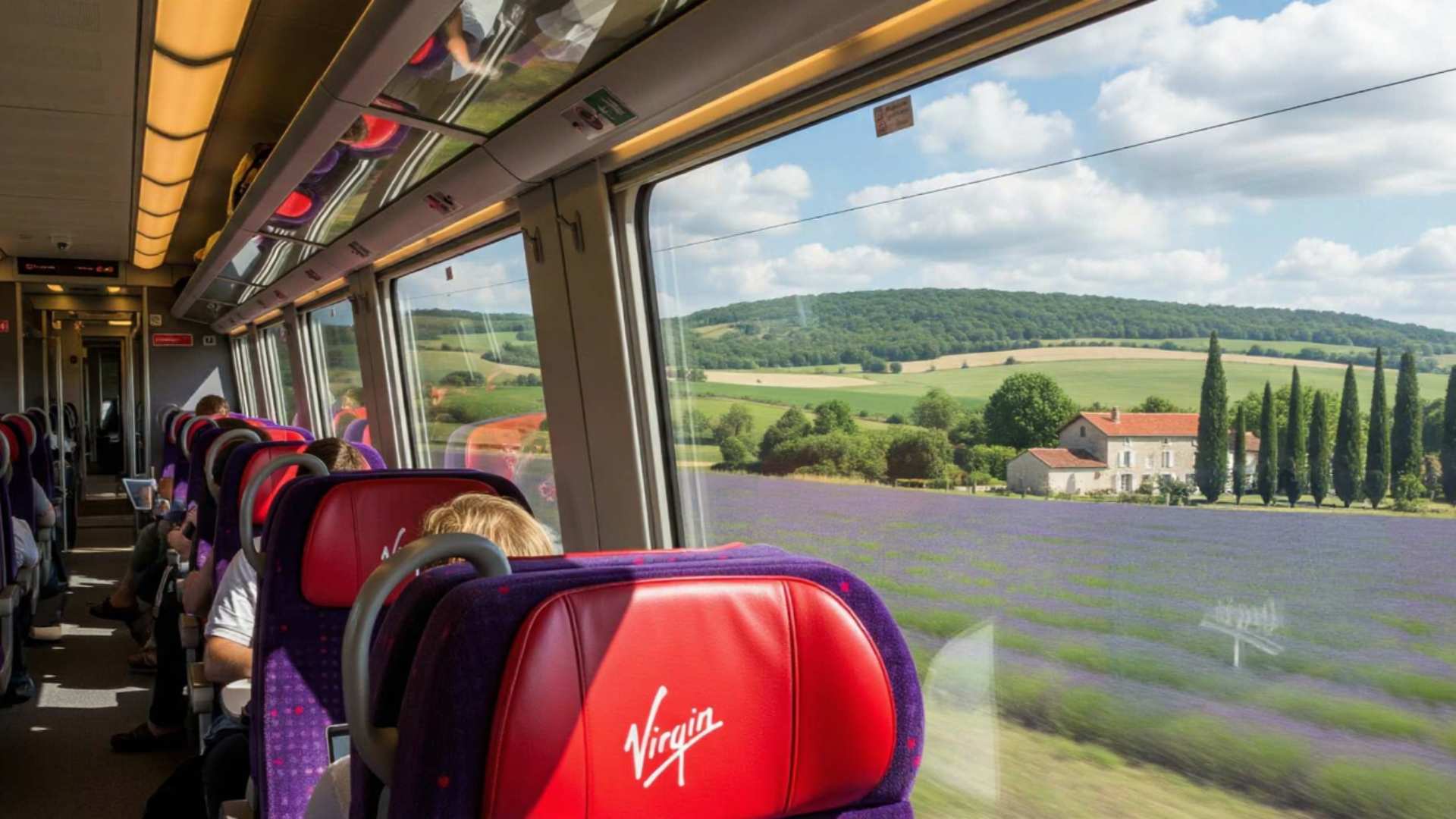
.jpg)
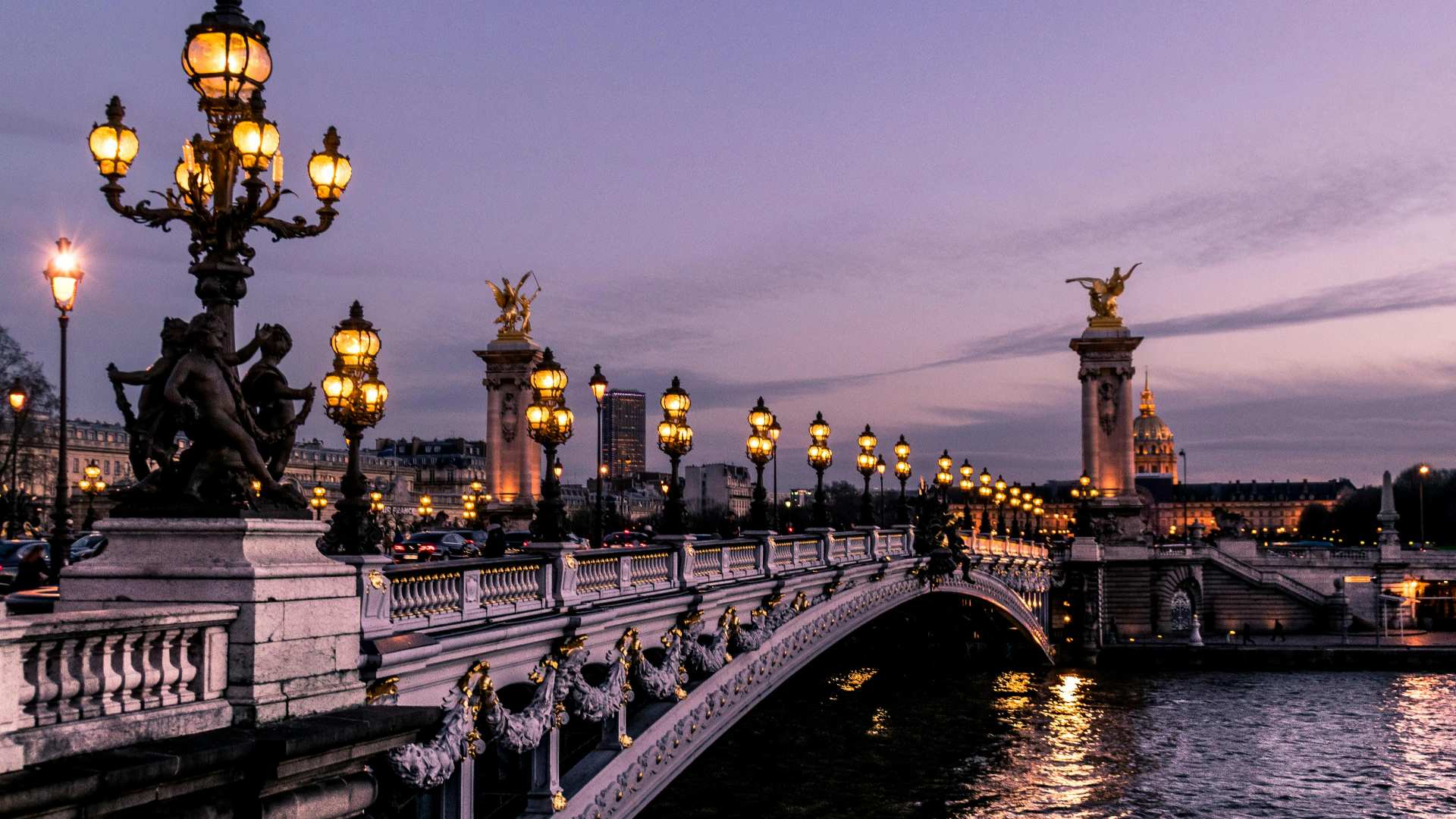
.jpg)
.jpg)
.jpg)
.jpg)
.jpg)
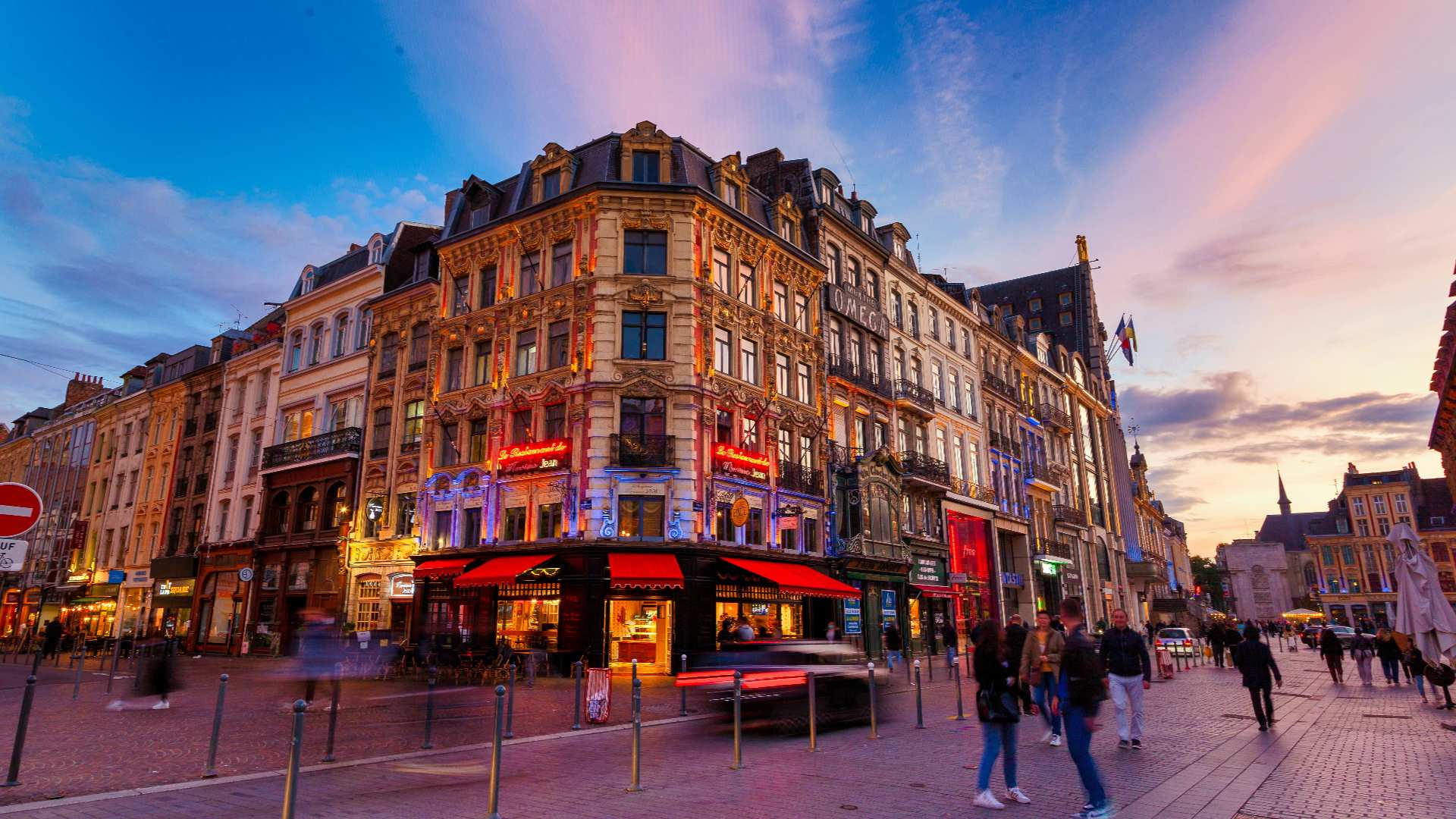
.jpg)
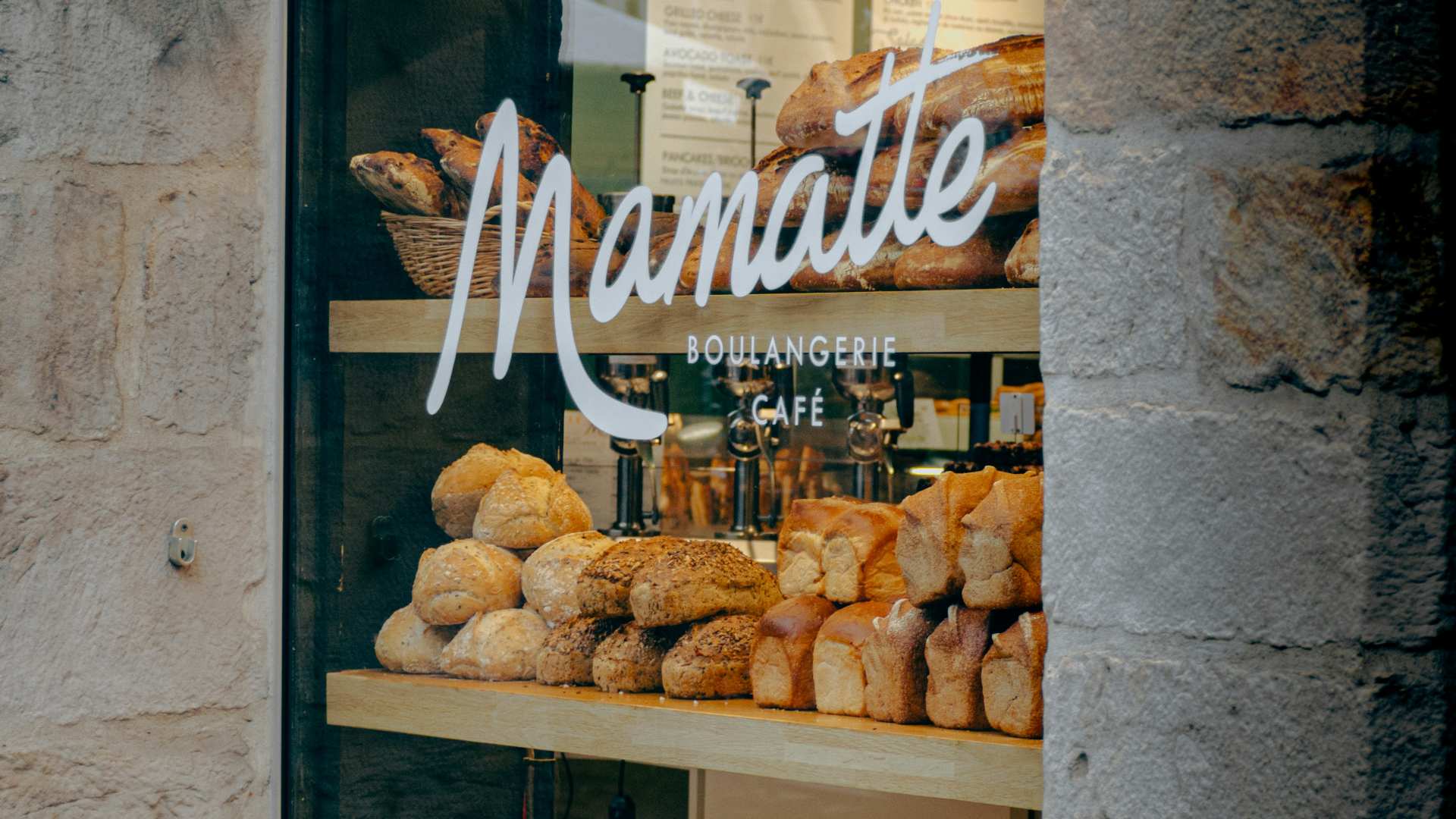
.jpg)
.jpg)
.jpg)

.jpg)
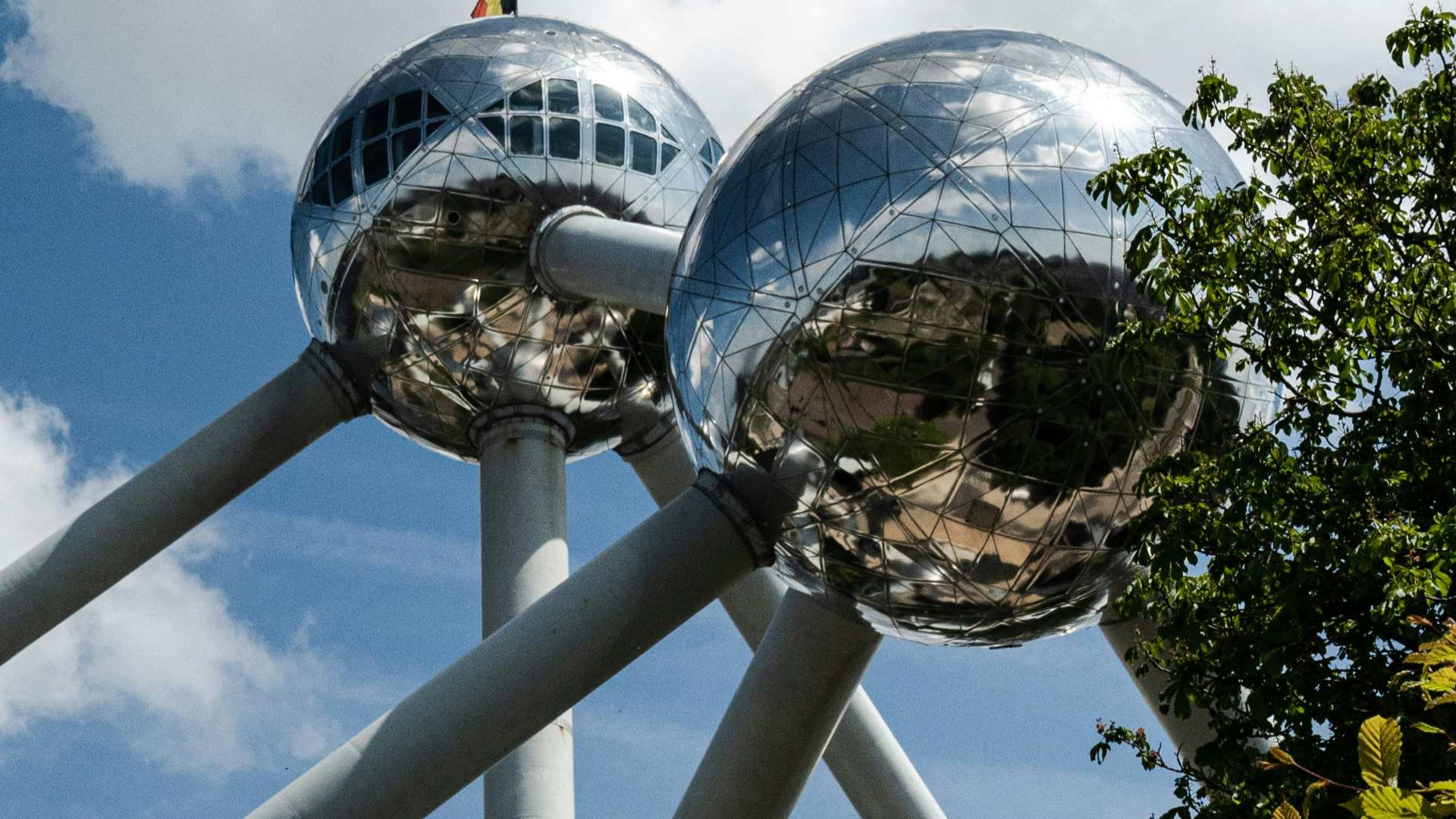
.jpg)

.jpg)
.jpg)
.jpg)
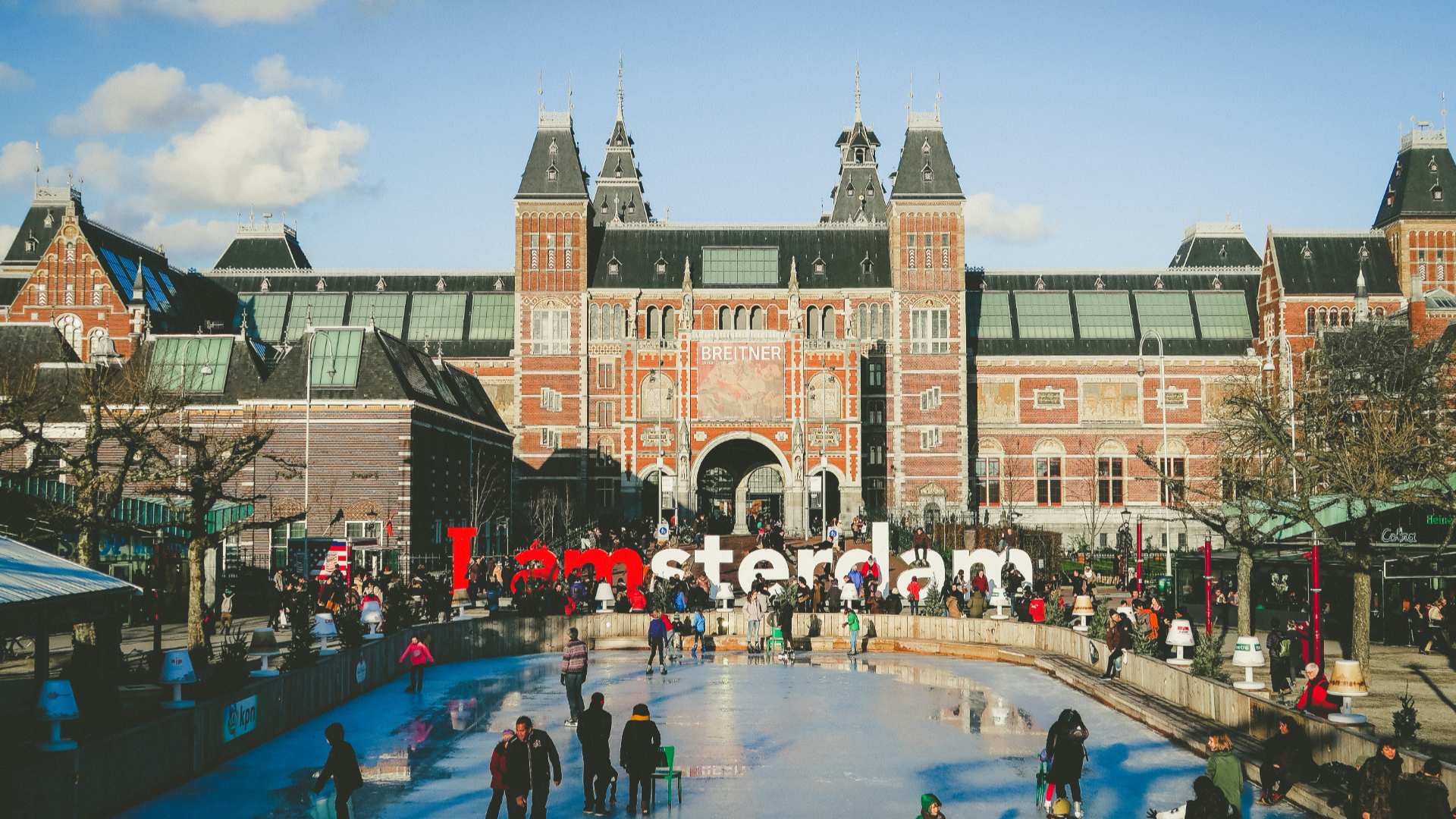
.jpg)
.jpg)